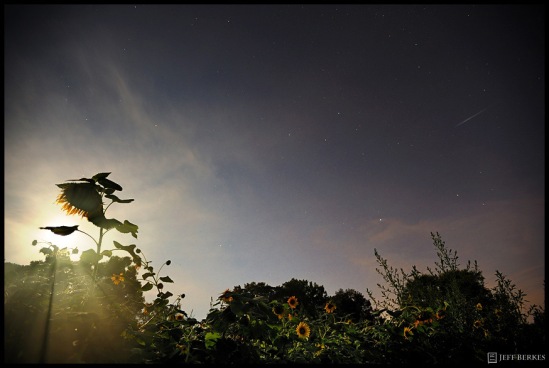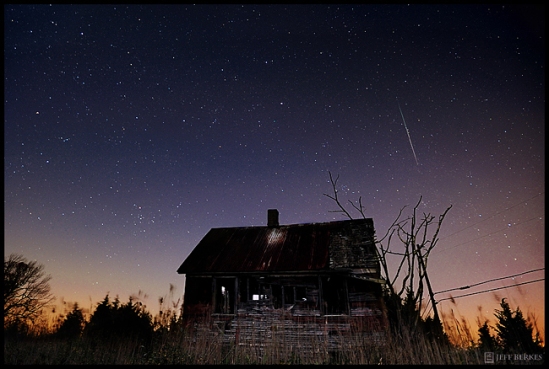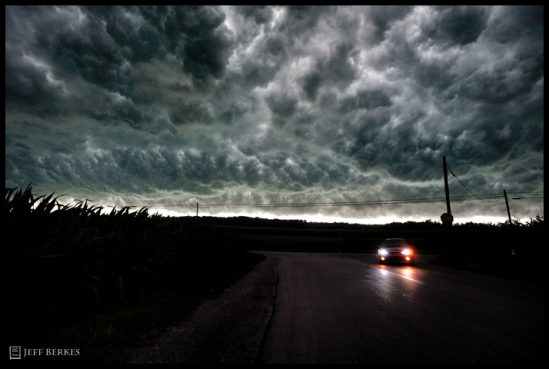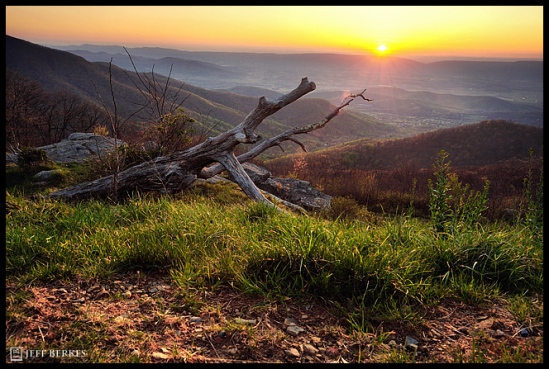The Last Eclipse of 2013

Sunday Morning an Annular / Hybrid Solar Eclipse will be visible at sunrise along the east coast of the United States. What is an annular eclipse? An Annular Solar Eclipse is when the Moon passes directly in front of the Sun, but the Lunar Disc isn’t large enough to cover the entire surface of the Sun. As shown below. We will not see the entire eclipse as it favors the Atlantic Ocean and western Africa. There will be some neat photo ops with a “bite” taken out of the Sun. A few sunspots will also be peppering the Sun’s Surface.
The Sun can be viewed safely with the naked eye only during the few brief seconds or minutes of a total solar eclipse. Partial eclipses, annular eclipses, and the partial phases of total eclipses are never safe to watch without taking special precautions. Even when 99% of the Sun’s surface is obscured during the partial phases of a total eclipse, the remaining photospheric crescent is intensely bright and cannot be viewed safely without eye protection [Chou, 1981; Marsh, 1982]. Do not attempt to observe the partial or annular phases of any eclipse with the naked eye. Failure to use appropriate filtration may result in permanent eye damage or blindness!

This eclipse is of the rare hybrid variety— that is, it will be an annular eclipse along the very first 15 seconds of its track before transitioning to a total as the Moon’s shadow sweeps just close enough to the Earth to cover the disk of the Sun along the remainder of its track. For the people along the East coast of the United States we should be able to view it at sunrise low in the eastern sky.
How rare are hybrid solar eclipse? Of the 11,898 solar eclipses listed over a 5,000 year span from 1999 BC to 3000 AD in Fred Espenak’s Five Millennium Catalog of Solar Eclipses, only 569, or 4.8% are hybrids. – Universe Today.
HOW TO SAFELY VIEW AND PHOTOGRAPH THE ECLIPSE

The first thing you need is q pair of solar glasses. Never look directly at the sun or through your camera without protective eyewear or filters, if you do not obey this rule, you can go blind. Your eye feels no pain when it gets damaged by the Sun’s powerful rays as you may not feel the effects until hours after the event. Here is what you need to safely view / photograph the eclipse. (make sure there are no holes, tears or rips in any of your filters)
1. Solar Sunglasses – for viewing with your eyes
2. Welders glass – will also be ok to view an eclipse through
3. Solar Filter – To photograph the Eclipse (Stacking polarizers and ND filters won’t cut it!)
4. Find an unobstructed view of the eastern horizon at sunrise
5. GET UP EARLY! – Find your viewing area and get there before sunrise
6. Can’t do any of this without clear skies!

In May 2012, I photographed the Annular Eclipse “Ring of Fire” Over The Iconic Horseshoe Bend in Northern Arizona. Hundreds of people showed up with everything from small point and shoot cameras to some super large telescopes. One person almost fell off the 1,000ft cliff while trying to get find a “good spot” to snap a picture from using a point and shoot. Be careful no matter where you are! My tripods are in the bottom right closest to the edge you two other awesome guys who came out for the workshop tour!

Maxumim Eclipse Phase

Bailey’s Beads
WHAT WILL IT LOOK LIKE FOR US SUNDAY MORNING???
Here is a diagram showing the possible view across the East Coast of the US

We are on the back side of the Eclipse so we will not see the entire eclipse.. For us in the United States, We will have to wait for 2017 when a Total Eclipse will race all the way across the Country, but Sunday morning will be a very rare event indeed.

If you live in Africa, you will get the best viewing, unless you are in a boat in the Atlantic Ocean. Hope this helps and remember to set your clocks back Saturday night and be super careful when looking at the Sun!
Generally, the same equipment, techniques and precautions used to observe the Sun outside of eclipse are required for annular eclipses and the partial phases of total eclipses [Reynolds & Sweetsir, 1995; Pasachoff & Covington, 1993; Pasachoff & Menzel, 1992; Sherrod, 1981]. The safest and most inexpensive of these methods is by projection, in which a pinhole or small opening is used to cast the image of the Sun on a screen placed a half-meter or more beyond the opening. Projected images of the Sun may even be seen on the ground in the small openings created by interlacing fingers, or in the dappled sunlight beneath a leafy tree. Binoculars can also be used to project a magnified image of the Sun on a white card, but you must avoid the temptation of using these instruments for direct viewing.
The Sun can be viewed directly only when using filters specifically designed for this purpose. Such filters usually have a thin layer of aluminum, chromium or silver deposited on their surfaces that attenuates ultraviolet, visible, and infrared energy. One of the most widely available filters for safe solar viewing is a number 14 welder’s glass, available through welding supply outlets. More recently, aluminized mylar has become a popular, inexpensive alternative. Mylar can easily be cut with scissors and adapted to any kind of box or viewing device. A number of sources for solar filters are listed below. No filter is safe to use with any optical device (i.e. – telescope, binoculars, etc.) unless it has been specifically designed for that purpose. Experienced amateur and professional astronomers may also use one or two layers of completely exposed and fully developed black-and-white film, provided the film contains a silver emulsion. Since all developed color films lack silver, they are always unsafe for use in solar viewing.
Unsafe filters include color film, some non-silver black and white film, medical x-ray films with images on them, smoked glass, photographic neutral density filters and polarizing filters. Solar filters designed to thread into eyepieces which are often sold with inexpensive telescopes are also dangerous. They should not be used for viewing the Sun at any time since they often crack from overheating. Do not experiment with other filters unless you are certain that they are safe. Damage to the eyes comes predominantly from invisible infrared wavelengths. The fact that the Sun appears dark in a filter or that you feel no discomfort does not guarantee that your eyes are safe. Avoid all unnecessary risks. Your local planetarium or amateur astronomy club is a good source for additional information.
In spite of these precautions, the total phase of an eclipse can and should be viewed without any filters whatsoever. The naked eye view of totality is completely safe and is overwhelmingly awe-inspiring! – NASA
Enjoy!































